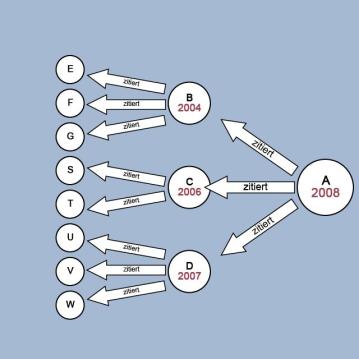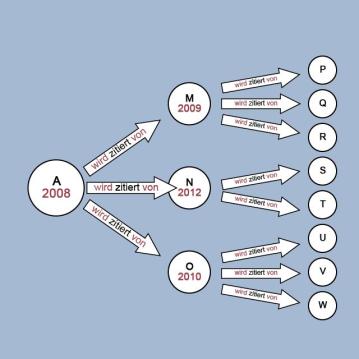Literature research
You are currently viewing this course as ZHAW Guest.
Section outline
-
-
150.1 KB · Uploaded 2/03/22, 13:48
-
The information in this video on searching in Research@UWW also applies to ZHAW swisscovery.




 Initial search
Initial search Defining search terms
Defining search terms Snowball method
Snowball method

 The PICO framework
The PICO framework